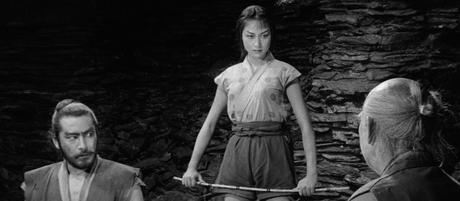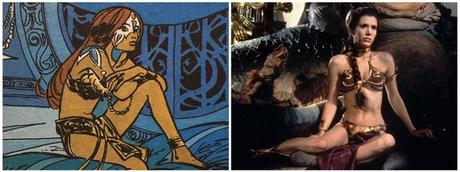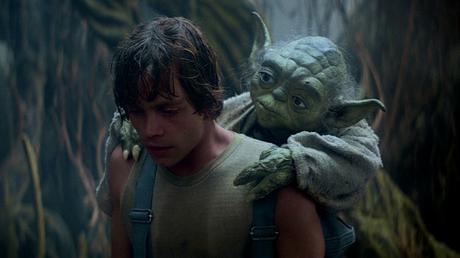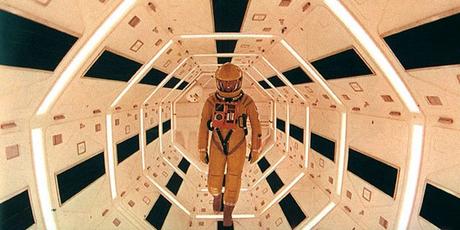In honor of the new film, let’s take a look at some of the influences that practically made Star Wars what it is today.
Akira Kurasawa Films

Lucas borrowed elements from several Kurasawa films, including The Hidden Fortress, Sanjuro, and Yojimbo. From these, he turned the idea of bickering peasants into bickering androids C3P0 and R2D2.
He also drew elements of Obi Wan and Luke’s relationship, the idea of a queen exchanging places with one of her servants, and the high level villain who somewhat redeems himself in the end. Lucas Americanized these similar elements in Kurasawa’s works and applied them to his space adventure end product.
Valerian and Laureline (1967)

Elements taken from this French science fiction comic strip include the vision of a future with many inhabited planets and just as many different alien races.
Also, the bikini outfit worn by Princess Leia in Return of the Jedi seems inspired by one particular episode of the comic in which Laureline is disguised as a slave girl.
Other elements that seem lifted from the comic story are the Millennium Falcon design, the carbonite casing of Han Solo, and Luke’s fall from Sky City, among others.
Modern Mythologies of Carlos Castaneda and Joseph Campbell

Any story of a hero rising from humble beginnings, like Luke Skywalker, wouldn’t be complete without some reference to the archetypal hero journey as originally described by Joseph Campbell.
Similarly, Castaneda’s books on philosophy likely led to much of the mystical force mythology of the Star Wars universe and the creation of the shaman-like characters of Yoda and Obi Wan.
Flash Gordon (1934)

From the opening scroll to the blasters used by Flash to the style of editing, Star Wars owes much of its unique existence to the adaptation of elements from the earlier Flash Gordon series.
He even modeled C3P0 after a metal man of dusky copper color and the manners of a butler that was described in a Flash Gordon storyline.
2001: A Space Odyssey (1968)

The filmmakers for Star Wars were influenced in their making of realistic spacecraft as previously perfected in this film.
Additionally, they most likely adapted the respiratory breathing of Darth Vader from the scene in A Space Odyssey during with Dave’s amplified respirator scene outside of the ship.
While only a short list of the possible influences of the Star Wars franchise, it’s clear that Lucas drew inspiration from many worthy sources when creating one of the most powerful stories ever written.
As we move forward in the Star Wars universe, having already seen multiple comic and television show spin-offs like Chewbacca by Gerry Duggan and Star Wars Rebels (details here), it pays to remember those that came before and how art and literature intertwine to mold old ideas in ever increasingly new ways.
About the author -:
Beth Kelly is a freelance writer and blogger. Born and raised in Michigan, she moved to Chicago to attend DePaul University where she graduated with a BA in Communications and Media. She lived in Krakow, Poland briefly before moving to South Korea to teach English. Follow her on Twitter

